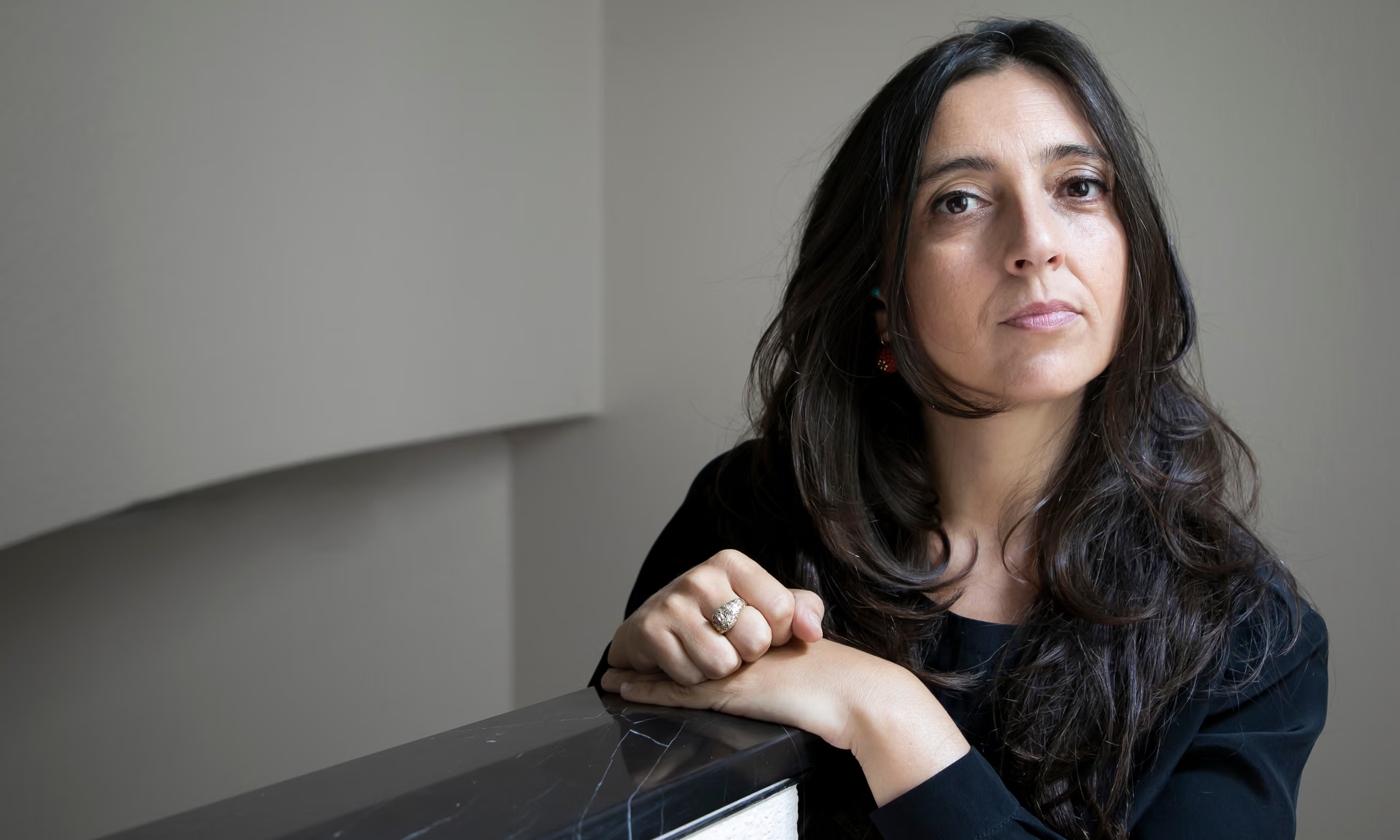
Jenny Hytönen and the Chanel Métiers d'art:
an Ode to Time
REAR WINDOW
When it comes to arts and crafts, little seems to be known. Indeed, little seems to be known about the art of fashion, about the attention to detail involved in the gestures required for one-off pieces, about the time required for embroidery. Rare are those who are truly passionate about the hand at work, those practices as old as time, far removed from the pomp of creation, still too often attributed without this invisible work, Couture simply wouldn’t exist.The prestige of this century-old industry, which, perhaps for utilitarian reasons, was denied the status of art for far too long, wouldn’t be nearly as great if it were to overlook the Hand’s key role.
The Invisible Art of Fashion: When Craftsmanship and Technology Collide


Strategically located between Paris and Pantin, le 19M is a place committed to restoring the prestige of the arts and crafts within the fashion system. Led by Hubert Barrère and Regina Weber, Maison Lesage and Maison Paloma
have become the guardians of the finest embroidery and “flou” traditions. And from this commitment to passing on knowledge, collaborations have emerged with the Hyères Festival, an important venue for young designers, where the arts and crafts play a vital role.
For this issue, Barrère and Weber spoke to Tide magazine about their shared passion. With sharp-eyed sensitivity, they both evoked the history and evolution of craftsmanship, underlining the need for its preservation and accessibility. They reminded us of the significance of time, in a world that extols the virtues of speed, and of the transient habits of fashion, whose main responsibility is to keep up with the times. Or, to put it bluntly, a fashion that worships the latest fads. However, if we are to redirect our focus towards Beauty, time must take its due course. For translating the ideas of some and enabling the dreams of others requires a combination of technique, patience and resources. In Barrère's words, it seems that “many people have the desire to create, but fewer have the desire to do”. While it’s easy to come up with an idea, practical constraints inevitably follow. So how do you create this body armour, how do you physically design a piece whose original purpose is to reflect our world?
That was the question both Houses had to answer again this year, when designing a piece by Jenny Hytônen, the winner of the 37th edition of the Hyères Festival. This Finnish artist developed a unique practice: handmade glass embroidery of rare finesse, which moved the public and the critics. Her understanding of time, and passion for traditional know-how, were two early indicators of a rich and fruitful partnership with Maison Lesage and Maison Paloma. Barrère was comforted by her wisdom. Weber was impressed by her work ethic. Jenny’s delicate awareness contrasts and complements her clear-cut vision of armours, which she uses to define her creations. Somewhere between the ultra-modern and the traditional, her two-part piece could be described as, on the one hand, a “protective shell” in fine embroidered organza, reminiscent of electrical circuits and other cyborg data; and, on the other hand, a slim-fitting bodysuit housing a LED track, similar to last years successful collection.
Clothing, therefore, seems to be returning to its original function, namely protection. Protecting the body, of course, but also the mind. Because what Jenny is really talking about, here, is the importance of rediscovering authentic human relationships, of producing slowly, with an eye for detail and consideration for minuteness. Mixing visual gentleness with insinuated violence, this piece ultimately captures the love of the time needed for manual work. The world may be moving towards a robotic future, but — crikey! - how important it is to keep in mind that humans, and humans only, can create the One and Only.
"Embroidery is the story of the Hand. And in an increasingly technological world, we mustn’t forget that what’s sensitive, what’s human, is what’s hand-made." Hubert Barrère
Words
Pauline Marie Malier
Translated from the French by Zahra Tavassoli Zea
Images



